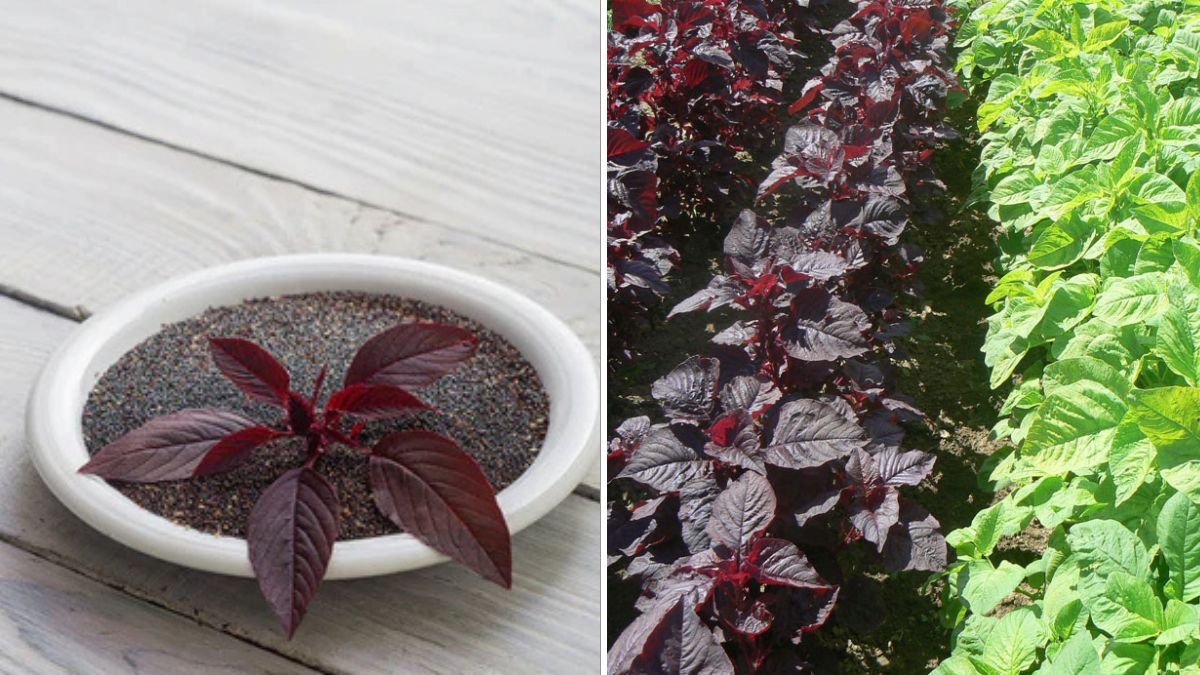In the world of superfoods, some greens rise to fame only to fade away as trends change. But every once in a while, a time-tested plant makes a well-deserved comeback. One such revival story belongs to Green Amaranth — a humble, leafy vegetable that’s been cultivated for thousands of years yet remains one of the most underrated nutritional powerhouses on the planet.
Known for its tender, earthy-tasting leaves and incredible adaptability, Green Amaranth (Amaranthus viridis) is now winning over health enthusiasts, home gardeners, and chefs across the United States. Whether you call it callaloo, Chinese spinach, or simply amaranth greens, this plant is taking root in 2025 as a sustainable, nutrient-rich, and delicious supergreen for modern lifestyles.
What Is Green Amaranth?
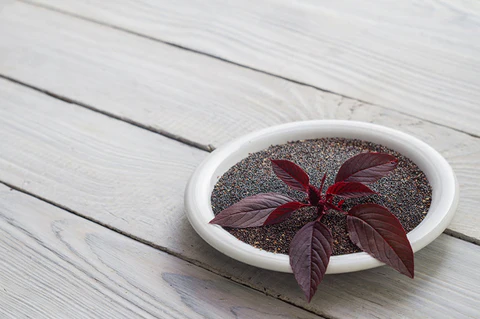
Green Amaranth is part of the Amaranthus genus, which includes over 60 species of leafy plants grown worldwide. While some amaranth varieties are cultivated for their protein-rich seeds (used as gluten-free grains), others — especially Green Amaranth — are valued for their tender, spinach-like leaves.
The plant features bright green, slightly crinkled leaves and slender stems. It thrives in hot climates, grows fast, and can be harvested multiple times during the season — making it a favorite among sustainable gardeners.
Though native to Central and South America, amaranth has been a dietary staple in Asian, African, and Caribbean cuisines for centuries. And now, Americans are rediscovering it for its exceptional nutrition, versatility, and climate resilience.
A Nutritional Powerhouse in Every Leaf
Green Amaranth isn’t just another leafy green — it’s a nutrient bomb packed with vitamins, minerals, and antioxidants. Here’s a quick look at what makes it so special:
Nutritional Facts (per 1 cup of cooked green amaranth):
- Calories: 21
- Protein: 2.5 g
- Fiber: 2.8 g
- Calcium: 10% of Daily Value (DV)
- Iron: 15% DV
- Magnesium: 28% DV
- Potassium: 18% DV
- Vitamin A: 97% DV
- Vitamin C: 70% DV
- Vitamin K: 110% DV
- Folate: 18% DV
That’s an impressive lineup! Green Amaranth provides more calcium than spinach, twice the vitamin C of kale, and is loaded with antioxidants that support immunity, bone strength, and overall vitality.
Top Health Benefits of Green Amaranth
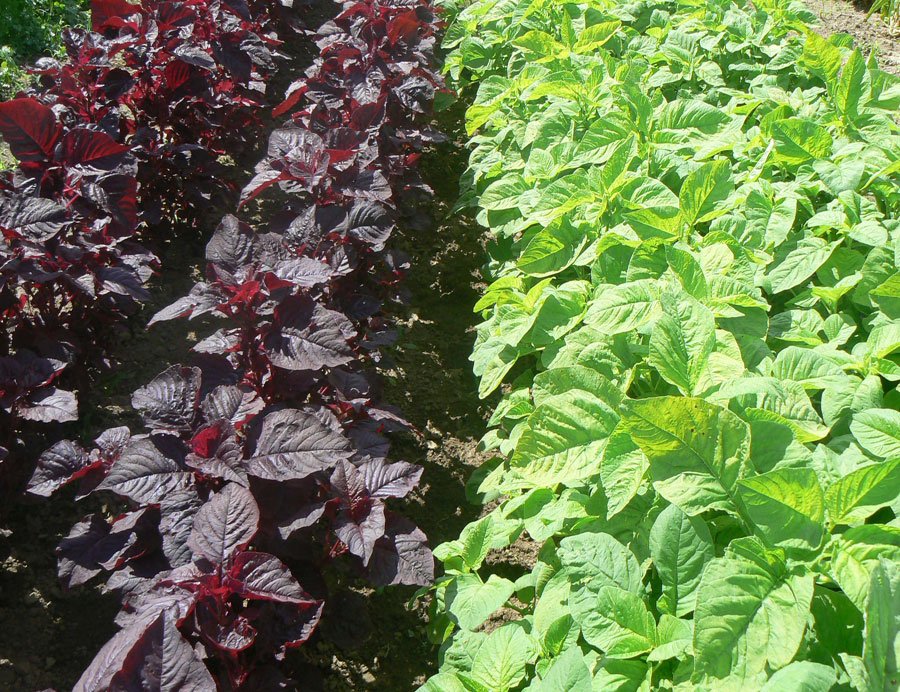
1. Strengthens Bones and Teeth
Rich in calcium, magnesium, and vitamin K, green amaranth helps maintain bone density and supports healthy teeth. For those who avoid dairy, this leafy green is a fantastic plant-based calcium source.
2. Boosts Immunity
Its high levels of vitamin C and beta-carotene boost immune defenses, helping the body fight off infections and oxidative stress — perfect for supporting year-round wellness.
3. Promotes Eye and Skin Health
Thanks to its abundance of vitamin A, green amaranth supports eye health, prevents night blindness, and promotes radiant, healthy skin by aiding cell regeneration.
4. Improves Digestion and Gut Health
Green amaranth is rich in dietary fiber, which promotes smooth digestion, prevents constipation, and supports a healthy gut microbiome.
5. Aids in Detoxification
In traditional medicine, green amaranth has long been used as a natural detoxifier. It helps the body flush out toxins through the liver and kidneys while reducing inflammation.
6. Supports Heart Health
With a powerful blend of magnesium, potassium, and antioxidants, this green helps regulate blood pressure, reduce cholesterol, and support overall cardiovascular health.
7. Excellent for Vegetarians and Vegans
Green amaranth offers a surprising amount of plant-based protein and iron, making it an ideal addition to vegetarian and vegan diets. It’s also rich in folate, which supports healthy cell growth and energy levels.
Culinary Uses: How to Eat Green Amaranth
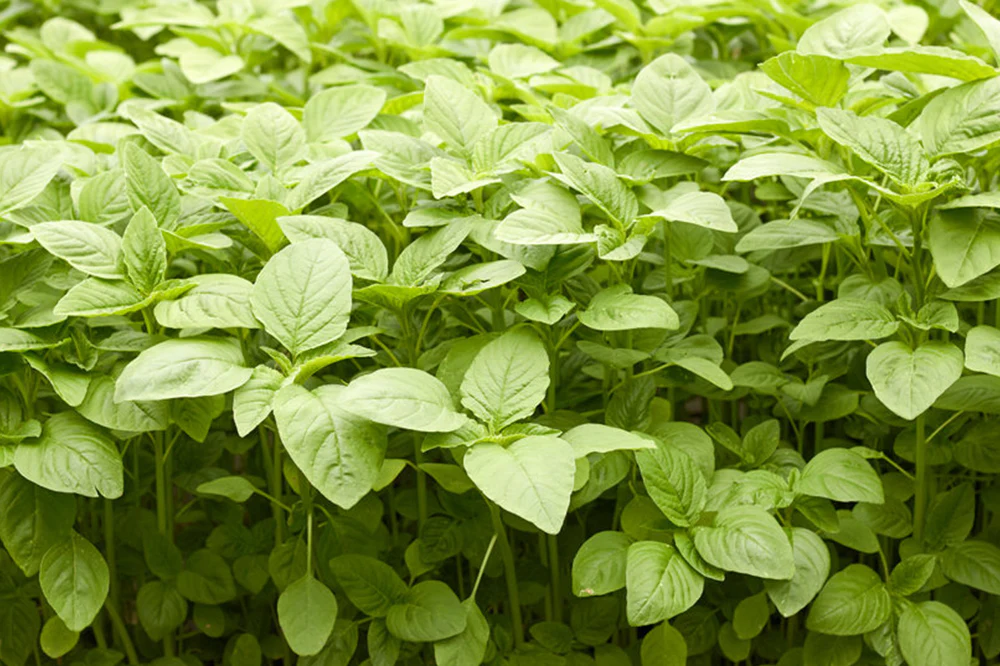
Green Amaranth is a versatile vegetable that can be used anywhere you’d normally use spinach, kale, or collard greens — but with a slightly milder, earthy flavor.
Here are some delicious and easy ways to cook with it:
1. Sautéed Green Amaranth (Quick Side Dish)
Sauté chopped leaves with garlic, onions, and olive oil until tender. Finish with a squeeze of lemon and a pinch of salt — a simple, nutrient-rich side for any meal.
2. Green Amaranth Stir-Fry
Add amaranth leaves to stir-fries with tofu, mushrooms, or shrimp. Its mild flavor pairs beautifully with soy sauce, ginger, and sesame oil.
3. Amaranth Soup or Stew
In Caribbean cuisine, callaloo soup is a beloved dish made with amaranth greens, coconut milk, and spices. You can also add the greens to lentil or chicken soups for an extra vitamin boost.
4. Green Amaranth Smoothie
Add a handful of fresh amaranth leaves to your morning smoothie with pineapple, banana, and ginger for a supercharged green drink.
5. Amaranth and Egg Scramble
Sauté chopped greens and add them to scrambled eggs or omelets. It adds color, texture, and plenty of nutrients.
6. Green Amaranth Salad
Young, tender leaves can be eaten raw in salads. Toss with avocado, cucumber, tomatoes, and a citrus vinaigrette for a refreshing, mineral-rich dish.
How to Grow Green Amaranth at Home
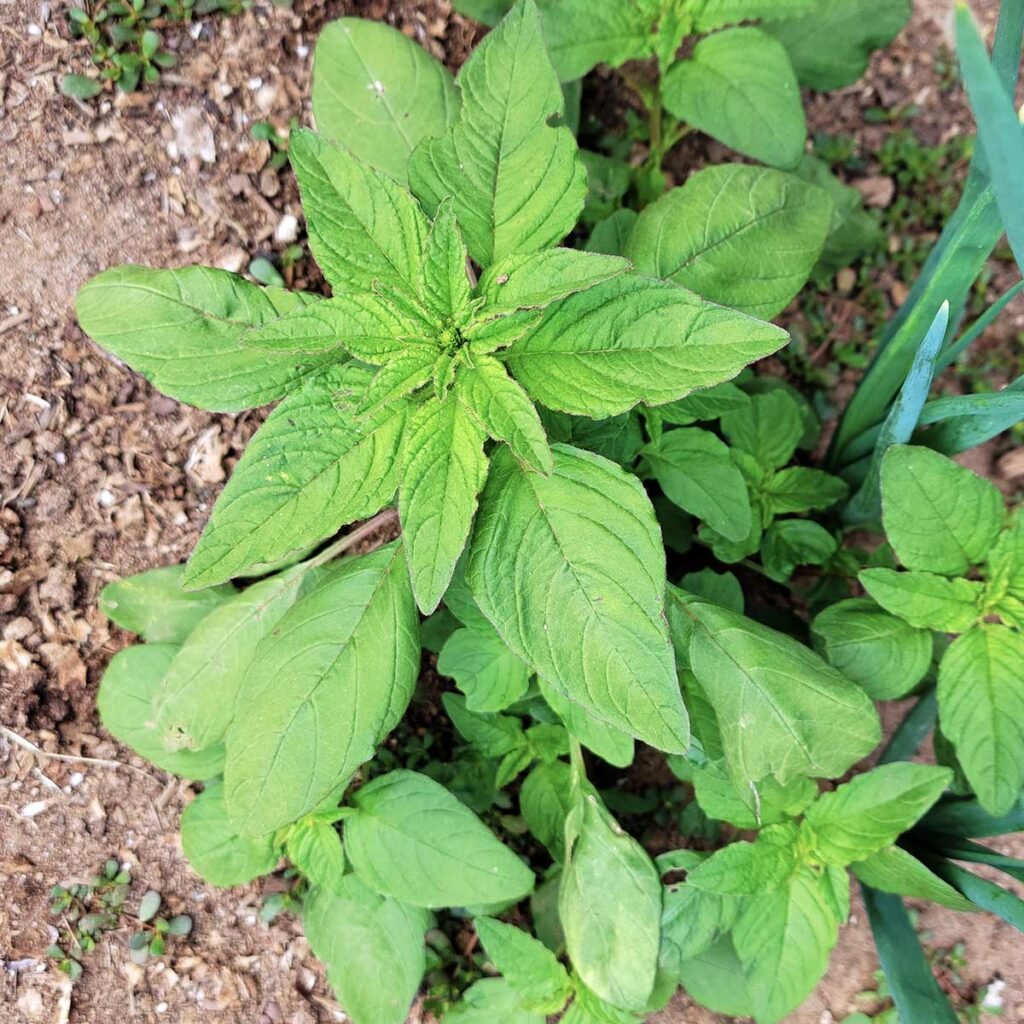
If you love gardening, green amaranth is one of the easiest and most rewarding greens to grow — especially in warmer U.S. regions.
Here’s how to get started:
- Soil: Amaranth thrives in well-drained, moderately fertile soil.
- Sunlight: Full sun is best; it can tolerate heat better than most greens.
- Watering: Keep soil consistently moist but not waterlogged.
- Planting: Sow seeds directly into the ground after frost has passed. They germinate in 3–5 days and mature in about 30–45 days.
- Harvesting: Pick young leaves for tender greens or wait for mature plants for more yield. You can also collect the seeds later to use as amaranth grain!
Pro Tip: Green amaranth self-seeds easily, so once planted, it often comes back year after year — making it a sustainable garden favorite.
Sustainability and Climate Resilience
As the U.S. faces increasingly unpredictable weather patterns, green amaranth is being recognized as a climate-resilient crop. It grows in poor soil, requires little water, and tolerates high heat — conditions that challenge many traditional greens like spinach or lettuce.
Farmers and urban gardeners alike are turning to amaranth for its low environmental footprint and high productivity. This makes it a perfect green for sustainable living and regenerative agriculture — two fast-growing trends among American consumers in 2025.
Where to Find Green Amaranth in the U.S.
If you want to add this supergreen to your meals, you can find it at:
- Asian, Caribbean, and African grocery stores (look for “callaloo” or “Chinese spinach”).
- Farmers’ markets — especially during summer months.
- Health food stores like Whole Foods or Sprouts (seasonally available).
- Online seed retailers such as Baker Creek Heirloom Seeds or Johnny’s Selected Seeds if you plan to grow your own.
When shopping, look for bright green, unblemished leaves and tender stems. Avoid bunches that are yellowing or overly mature, as they can be fibrous.
Taste Profile and Cooking Tips
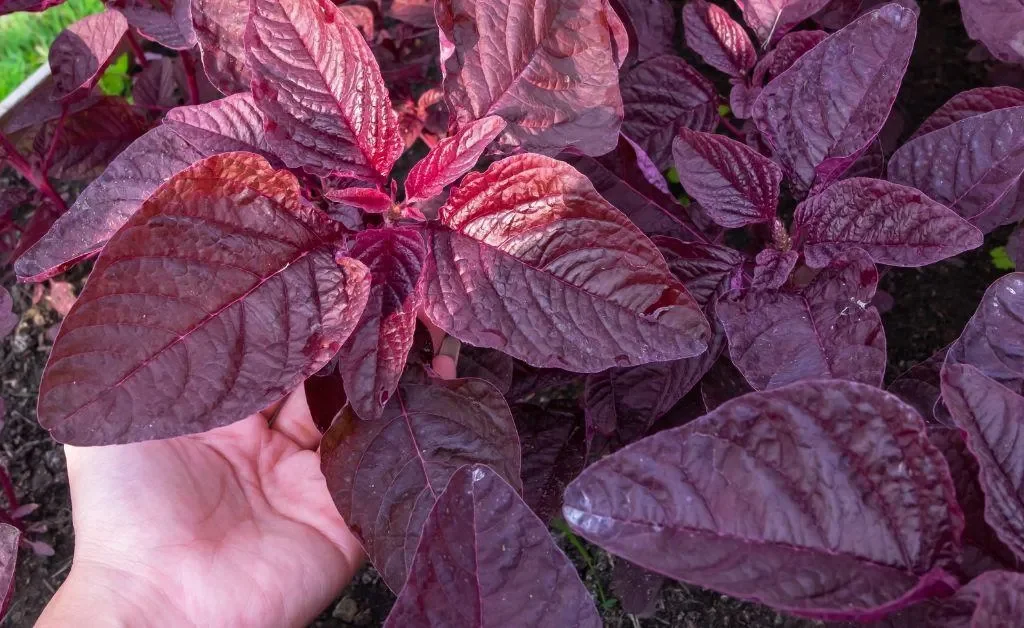
Green amaranth has a mild, slightly earthy flavor similar to spinach but less bitter than kale. Its leaves are soft and delicate when young but can develop a pleasant chewiness as they mature.
Best pairings include:
- Garlic, onions, and olive oil
- Coconut milk and curry spices
- Citrus (lemon or lime)
- Soy sauce, sesame oil, or chili flakes
Cooking tip: Lightly blanch or sauté amaranth leaves to retain their bright color and nutrients. Overcooking can cause them to become mushy or lose flavor.
Fun Fact: The Ancient Grain and the Modern Green
Amaranth has deep cultural roots — it was a sacred crop of the Aztecs, valued for its ability to sustain warriors and boost strength. The name “amaranth” comes from the Greek word amarantos, meaning “unfading” — a nod to its resilience and enduring nutritional value.
While the ancient world prized amaranth seeds for their protein content, modern wellness enthusiasts are rediscovering its leaves as an all-purpose green for daily meals.
Why Green Amaranth Belongs in Your Diet
In an age where people are seeking whole, plant-based, and sustainable nutrition, Green Amaranth checks every box.
It’s:
- Rich in vitamins, minerals, and antioxidants
- Gluten-free and vegan-friendly
- Low in calories but high in nutrients
- Easy to cook and grow
- Eco-friendly and climate-smart
Whether you’re blending it into a smoothie, adding it to your garden, or tossing it in a stir-fry, this ancient green delivers modern-day benefits that are impossible to ignore.
Final Thoughts: Rediscovering a Forgotten Supergreen
Green Amaranth is more than just a leafy vegetable — it’s a bridge between ancient nutrition and modern sustainability. With its unbeatable nutrient profile, earthy taste, and ease of cultivation, it’s no wonder this “forgotten green” is making a comeback in 2025.
So, the next time you’re craving something fresh, healthy, and eco-friendly, skip the kale and reach for Green Amaranth — the supergreen that’s been quietly nourishing generations and is ready to power yours, too.
